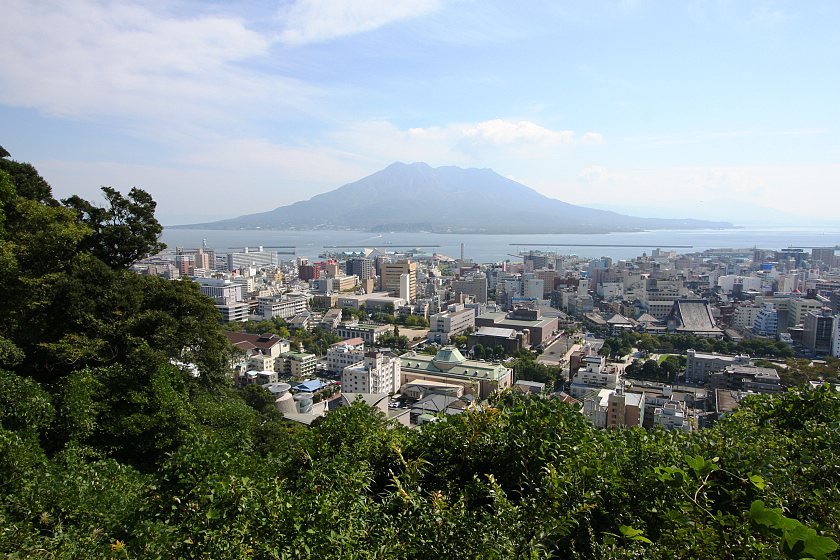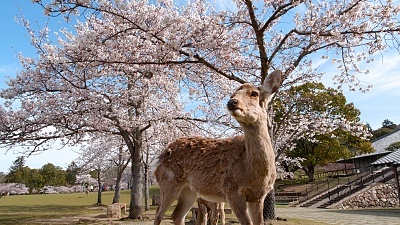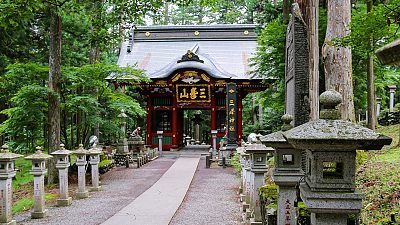Episodes from Japanese History - The Satsuma Rebellion
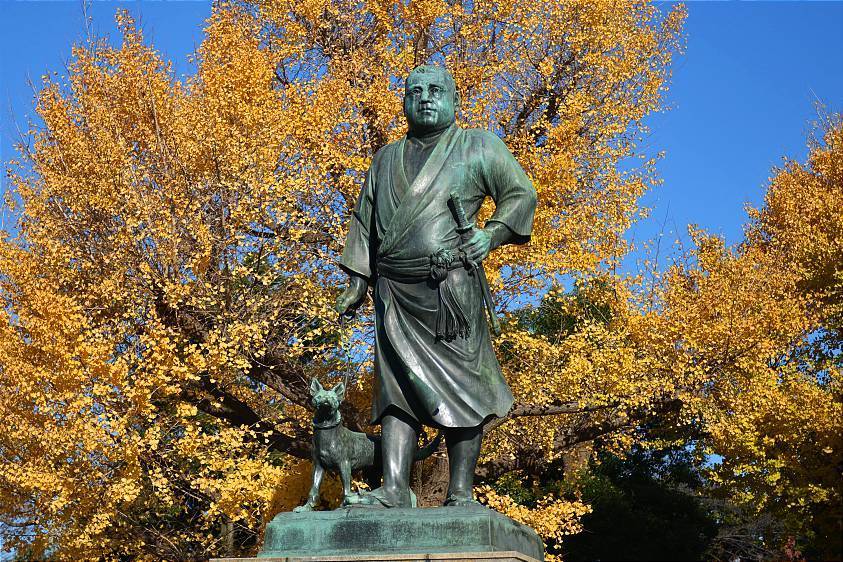
The last and most serious armed revolt against the Meiji government, the Satsuma Rebellion was also an important cultural moment seen as the death throws of the samurai class. Along with Choshu, Tosa and Hizen, the province of Satsuma (today Kagoshima Prefecture) had formed the backbone of the new regime, but by 1873 a dangerous fault line was forming beteen elites with a stake in the new political order, and the majority of rank and file samurai who now found themselves disenfranchised and adrift.
One early problem caused by the Meiji restoration was the need to secure international acknowledgement of the new government so that diplomatic relations could be reset. While this proved to be relatively straightforward in the case of the western powers, Korea refused to receive Japan's envoys, a crisis that left the government bitterly divided over how best to respond. At the most extreme end of the debate was Saigo Takamori, a senior politician and samurai from Satsuma Province who had played a key role in negotiating an end to the Boshin war and the political settlement that followed. In a potential war with Korea, Saigo saw a chance to unite the country behind a common cause as well as employment for a lost generation of young samurai. The plan was ultimately rejected, leading a furious Saigo to resign, accompanied by an exodus of sympathizers from the government and military.
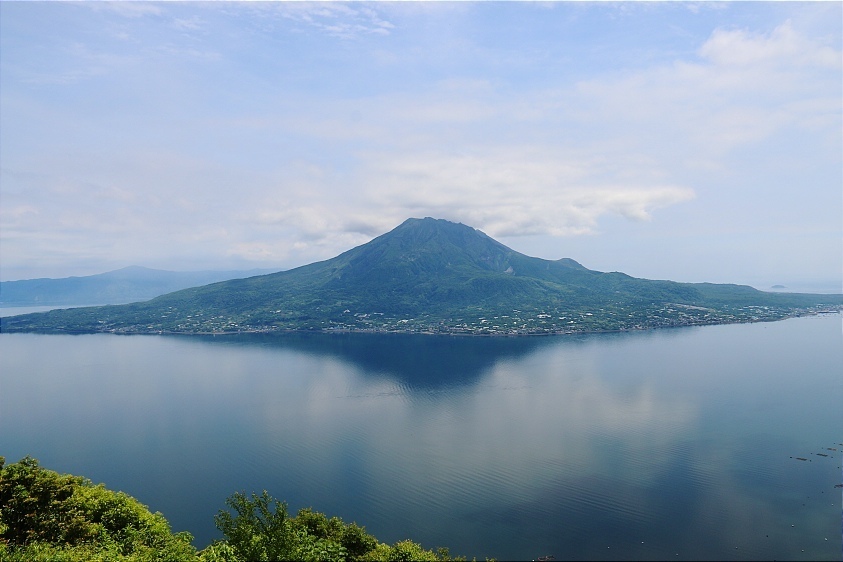
Back in his home province, Saigo set to work establishing a chain of military academies known as shigakko, providing work for many of his followers and drawing tens of thousands of students from the surrounding area. With a curriculum of Chinese classics, military training and Saigo's own reactionary politics, the schools became a hotbed of anti-government radicalism. By 1876, the local Satsuma government was largely dominated by graduates of the school and other members of Saigo's militant circle.
While Saigo himself was not an advocate of outright rebellion, events began to escalate beyond his control when two unsuccessful but deadly uprisings took place in nearby Hizen (today Saga Prefecture) and Kumamoto. Despite refusing to take any part, Saigo was also unwilling to condemn those involved - a position that only emboldened his more radical supporters. In 1877, with resentment reaching a fever pitch over the suspension of samurai stipends, the government finally decided to intervene and dispatched a warship to disarm the local garrison. Before the ship arrived, a large group of shigakko students stormed the garrison, seizing weapons and ammunition while local police took no action. To make matters worse, a cadre of police spies were found to have infiltrated the student body. Under torture, their leader Nakahara Hisao claimed to be under orders to assassinate Saigo. Although almost certainly false, the confession forced a shocked Saigo into action and he announced a plan to march to Tokyo with an army of followers to confront the government.
In February of 1877, as Imperial troops boarded warships in Yokohama, Saigo marched an army of 20,000 war veterans and shigakko students over the border into Kumamoto and attacked Kumamoto Castle, guarded by a force of 4,400 conscripts and policemen. After two days of fierce fighting in bitterly cold weather, the battle ground to a stalemate, and Saigo's rebel force dug in as best they could hoping to starve the garrison out.
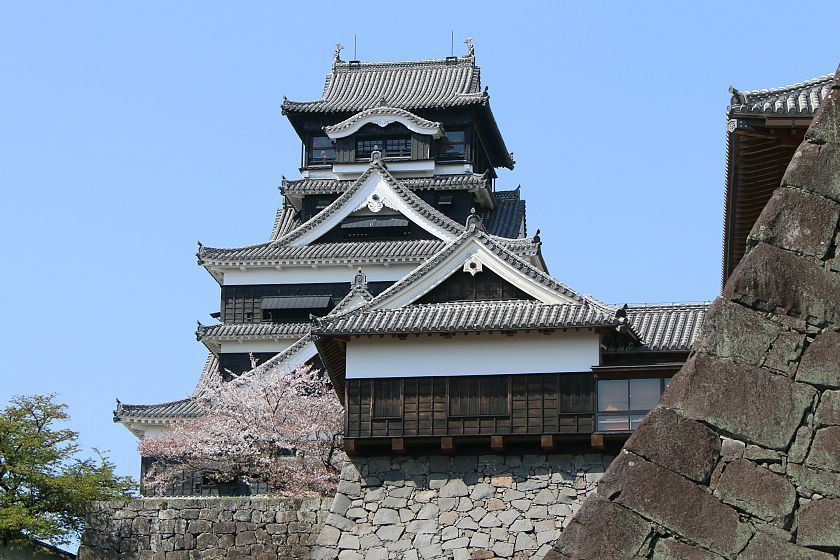
By early March, the rebels had still failed to breach the castle when an Imperial relief force of 90,000 soldiers and policemen arrived and assaulted Saigo's front lines. After a desperate stand at Tabaruzaka with thousands of casualties on both sides, the rebels were finally forced into retreat. Meanwhile, a second Imperial force landed at Kagoshima, seizing the city and cutting the rebels off from their base, and at Yatsushiro Bay to Saigo's rear.
The rebels regrouped at Hitoyoshi, roughly halfway between Kumamoto and Kagoshima, but were again forced into retreat. From this point on, Saigo's rapidly dwindling force was no longer enough to meet the Imperial army in the open and was forced back from one place to the next, leaving small groups behind to delay and harass the enemy. At Enodake in Miyazaki Prefecture, Saigo found himself trapped in a pincer movement, with only 3,000 men and a handful of modern firearms remaining, but while most of the rebels surrendered or committed suicide, Saigo was somehow able to slip away into the surrounding forest with around 500 followers.
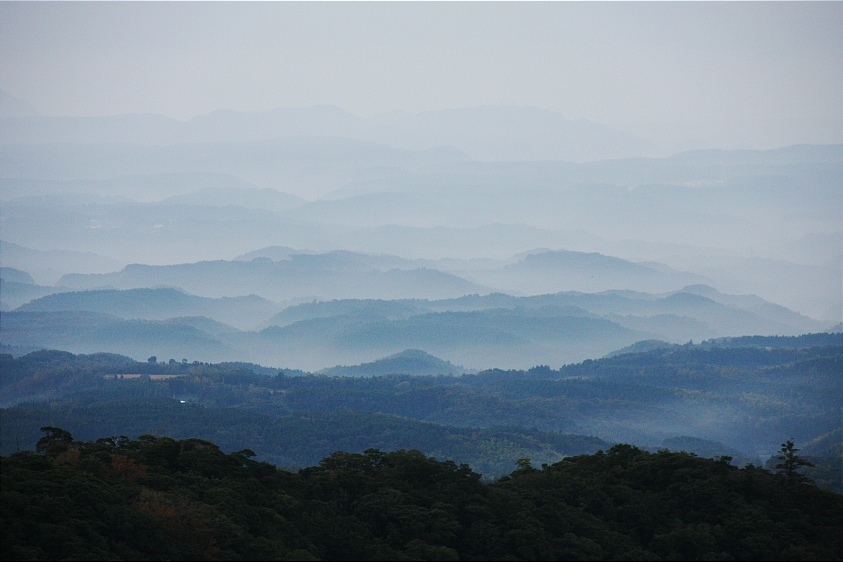
Exhausted and lacking both food and ammunition, the remaining survivors avoided capture and arrived in Satsuma on September 1, where they took a position on Shiroyama Park overooking the city of Kagoshima and prepared for a final stand. The Imperial troops occupying the area soon became aware of their presence and surrounded their position, but determined to ensure Saigo could not escape again, waited for weeks as a ring of fortifications formed around the mountainside. After an all-night artillery barrage, the Imperial army attacked on September 24. Saigo himself died from gunfire, and the last of the survivors launched a final charge into the Imperial lines and were wiped out.
In defeating the Satsuma Rebellion, the government was able to demonstrate complete control of the country but at a devastating cost in lives and treasure. The samurai were also finished both as a fighting force and a separate social class, although former samurai would continue to be over-represented in the military and social elite. In the public imagination, Saigo himself embodied powerful and often contradictory feelings about Japan's past and future, and came to be embraced as a tragic hero in the mould of Minamoto Yoshitsune or Kusunoki Masashige, leading to a pardon by the Emperor in 1889.
